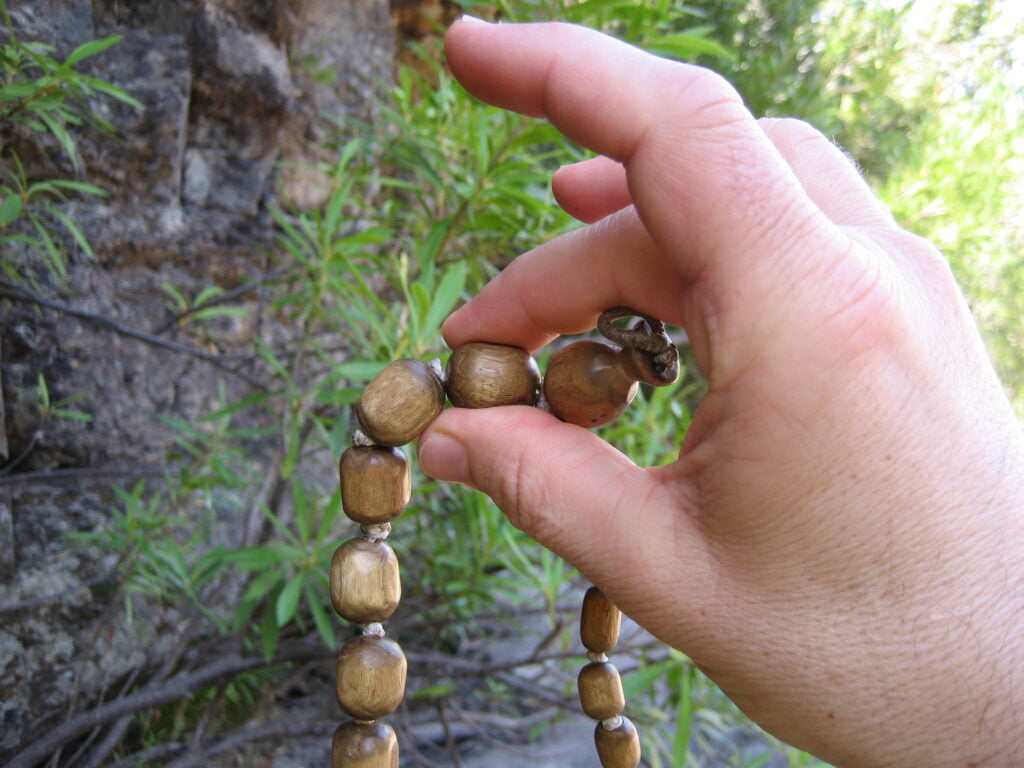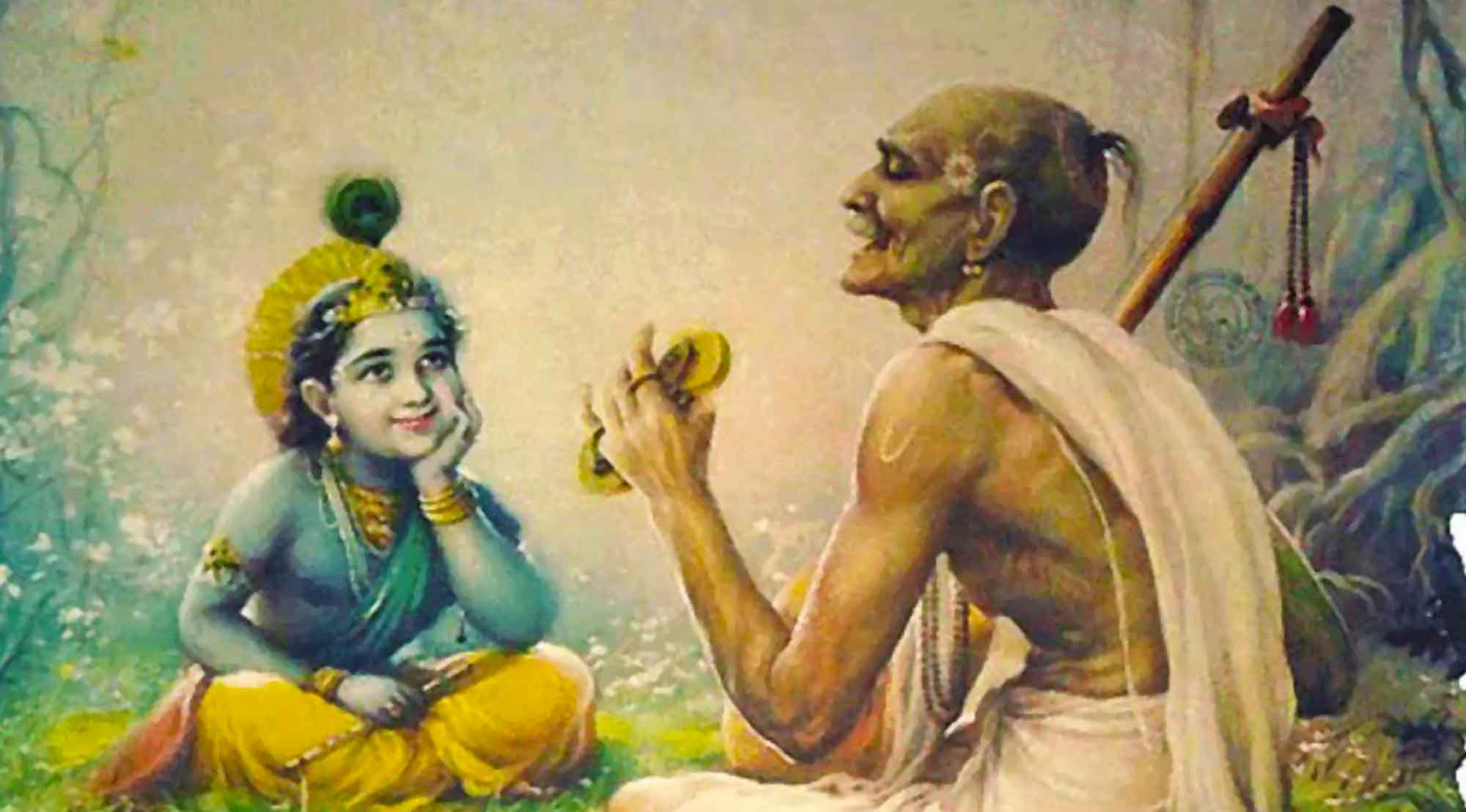Overview
‘Śrī Śrī Hari Dāsa Ṭhākura’ was first published in Sajjana Toṣaṇī Vol. 2 issue 9 in 1885. In this brief biography of Hari Dāsa Ṭhākura, Śrīla Bhaktivinoda declares that if bhakti appears in the heart of a mleccha, then he is worshippable by all.
(translated by Swami B.V. Giri)
The ninth issue of Sajjana Toṣaṇī has been published. The title of this issue is the ‘Śrī Śrī Hari Dāsa Issue.’ Śrī Śrī Hari Dāsa Ṭhākura’s disappearance observance is on Wednesday the 7thh of Aśvina this year. On this day, the Vaiṣnava mahātmās who serve the feet of Bhagavān Caitanya will observe a viraha-mahotsava (observance of separation). Hari Dāsa did not accept a prominent birth. For some reason, he took birth in a mleccha family. That is why foolish people condemn him as a mleccha. They do not know that even if kṛṣṇa-bhakti arises within someone from a mleccha family, that mleccha is worshippable to all. This statement is not our own fanciful imagination. There are many, many evidences in the śāstra. We will show that in due course.
Hari Dāsa was devoted to hari-bhakti from his childhood, and due to this, the mlecchas in that area were very dissatisfied with him. However, Hari Dāsa always relished the bliss of hari-nāma without frowning upon their dissatisfaction. Gradually, he was persecuted by the mlecchas due to their inherently cruel nature, and after leaving the village of Baḍuna, after some time he traveled to those places adorned by devotees. Thereafter, he met Śrī Śrī Advaita Ācārya at Śrīpāṭa Śāntipura, and after staying in the village of Phuliyā on the banks of the Bhāgirathī worshipping Kṛṣṇa.
Eventually he went to Śrī Puruṣottama-kṣetra and after he had been there for some time, left his body while chanting hari-nāma. Upon seeing Hari Dāsa leave his body, Śrī Śrī Mahāprabhu and His devotees lamented Thereafter, Mahāprabhu Himself, along with His devotees, took the pure body of Hari Dāsa and gave him samādhi on the ocean shore. The miraculous life of Hari Dāsa is not unknown to the Vaiṣṇava community.













